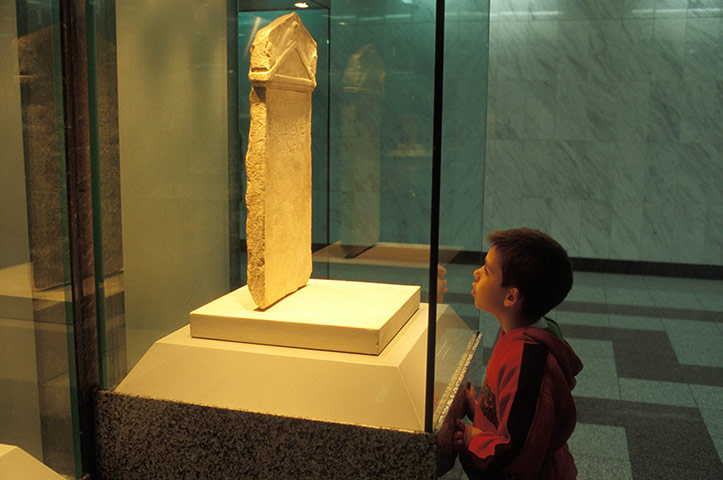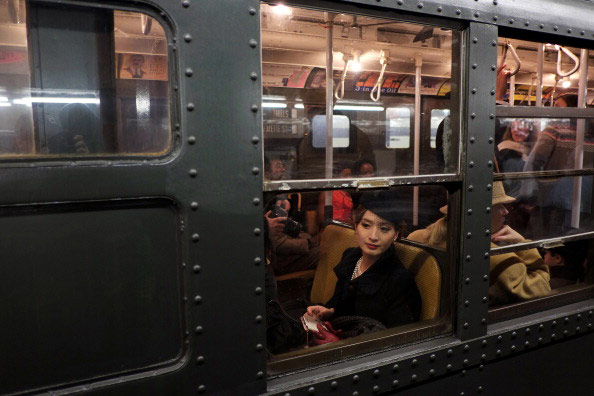


Campaign group Basta de Demoler (Stop the demolition) is leading the fight to save the cars. It argues that the carriages are safe and break down less than newer versions. “These carriages are unique in the world and have great heritage value,” says organiser Santiago Pusso. “There is talk of running a couple of cars on a very short circuit at weekends for tourists, but we want something living and in use, not a museum.” Photograph: Alamy




From there it continues deeper into the Pest side of the city, stopping at the train museum, St Stephen’s Basilica, the State Opera House, several theatres and on to Vorosmarty Street, close to the House Of Terror (terrorhaza.hu), pictured. Despite the naff name, it is one of the most impressive museums on the continent, an education in Hungary’s grim past which goes into uncomfortable detail about the dual Nazi and Communist occupations during and after the second world war.
Photograph: Catherine Karnow/Corbis

Photograph: Tibor Bognar/Corbis




The richness of the Athens subway does not end here: take line 3 (the blue line) and for the price of a €1.40 ticket and you will see an abundance of cultural gems at stations along the way. Photograph: Alamy

Today the New York subway system is the most extensive and elaborate in the world, with 24 routes serving 468 stations over a distance of 209 miles. And despite its complexity – Italian designer Massimo Vignelli’s iconic 1972 map of it resembles the wiring on the Space Shuttle – it runs smoothly and efficiently 24 hours a day, 365 days a year in (mostly) comfortable and modern air-conditioned cars. Beat that, London. Photograph: Bettmann/Corbis


From here it follows Broadway’s diagonal cross-town course, stopping at Herald Square (Macy’s, The Empire State Building), Union Square and Canal Street – the frenetic heart of Chinatown. Photograph: ZooMMER Travel Photography/Alamy

Photograph: Tips Images/Alamy





Photograph: Alamy












